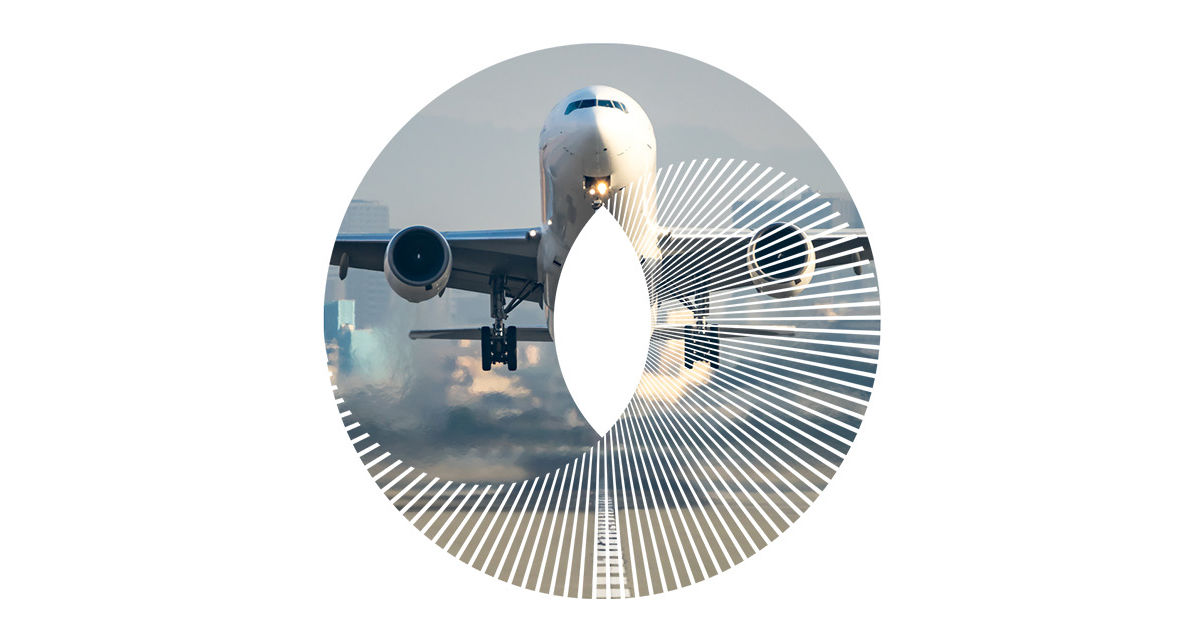Challenges and Opportunities in Sustainable Aviation Fuel Adoption in the EU
Key Ideas
- EU mandates increasing use of Sustainable Aviation Fuel (SAF) from 2025 to 2050, starting at 2% and aiming for 70% by 2050.
- High price of SAFs compared to fossil kerosene poses a challenge, with the need to bridge the cost gap especially for e-kerosene.
- SAFs are projected to drive 65% of emission reductions needed for net-zero aviation, with challenges in scaling up production volumes and balancing biofuel and synthetic fuel usage.
- EU's ReFuelEU aviation regulation sets quotas to drive SAF market growth, focusing on sustainability to prevent environmental harm and land-use impact.
Sustainable Aviation Fuel (SAF) is becoming a focal point in the aviation sector's efforts to reduce emissions. The European Union (EU) has made it mandatory for all flights departing from EU airports to be fueled by at least 2% SAF starting from January 1, 2025, with a target of 70% by 2050. Initially, biofuels will fulfill the quota, transitioning to e-kerosene sub-quotas from 2030 onwards. Challenges in the industry include the high cost of SAFs, especially e-kerosene, which may widen the price gap without policy intervention. The EU's Clean Industrial Deal aims to address these challenges by enhancing SAF production bankability and reducing the price disparity of domestically produced e-kerosene. SAFs are crucial for achieving a net-zero aviation future, with projections suggesting they could drive 65% of the emission reductions needed by 2050. The remaining reductions will stem from new technologies and operational improvements. Deloitte estimates that by 2050, SAF production volumes will need to reach 297 million tons, split between biofuel and synthetic fuel. The EU's ReFuelEU aviation regulation sets ambitious quotas to drive SAF adoption and prevent unsustainable production practices. While the EU leads in regulatory measures, other countries like the UK, Japan, Malaysia, Canada, Türkiye, and Indonesia are also planning SAF mandates. However, high production costs remain a barrier to market adoption, despite the EU's efforts to ensure demand for SAFs through regulations.
Topics
Utilities
Clean Energy
Aviation Industry
Carbon Emissions
Biofuels
Environmental Regulations
Synthetic Fuels
EU Policies
Global Aviation
Latest News
